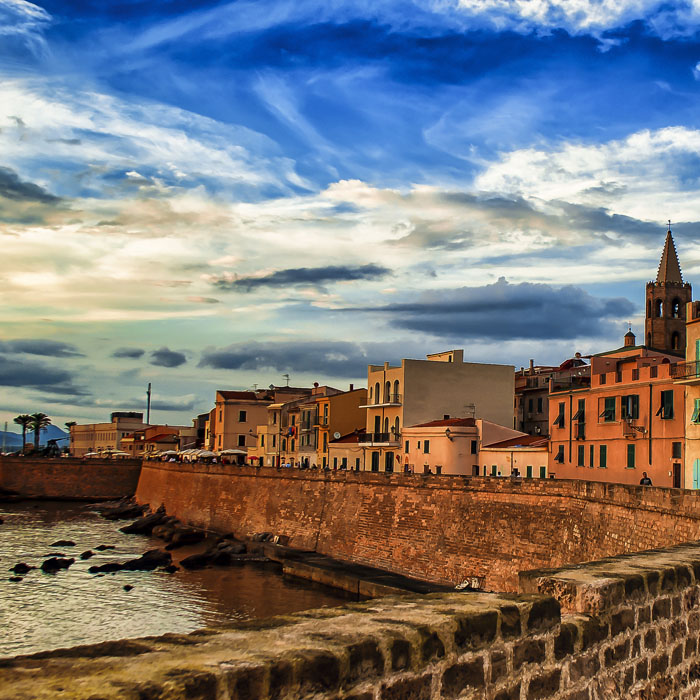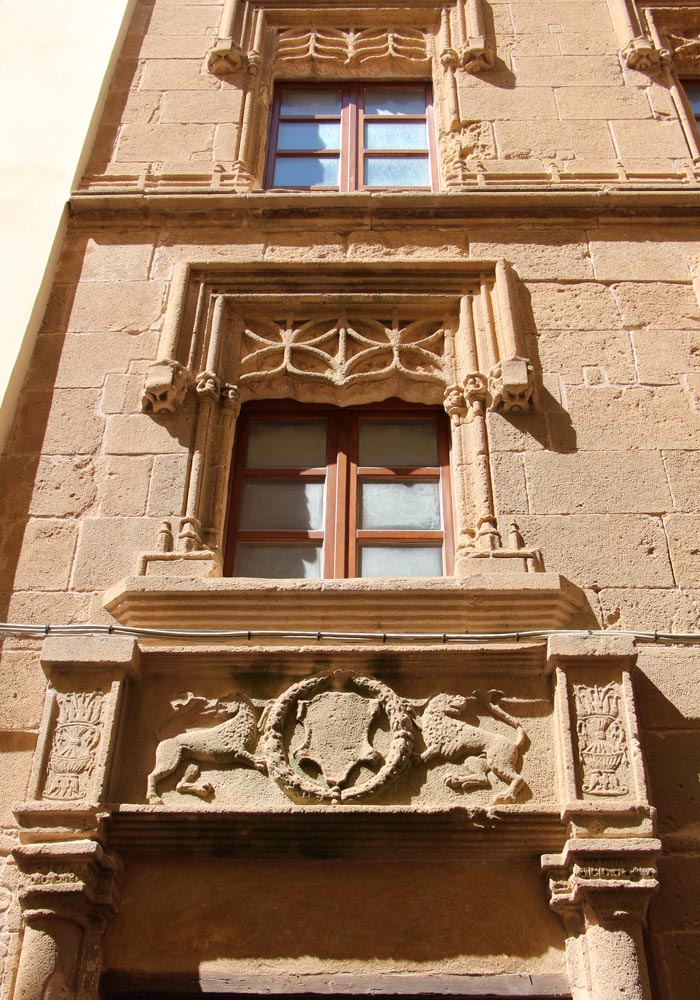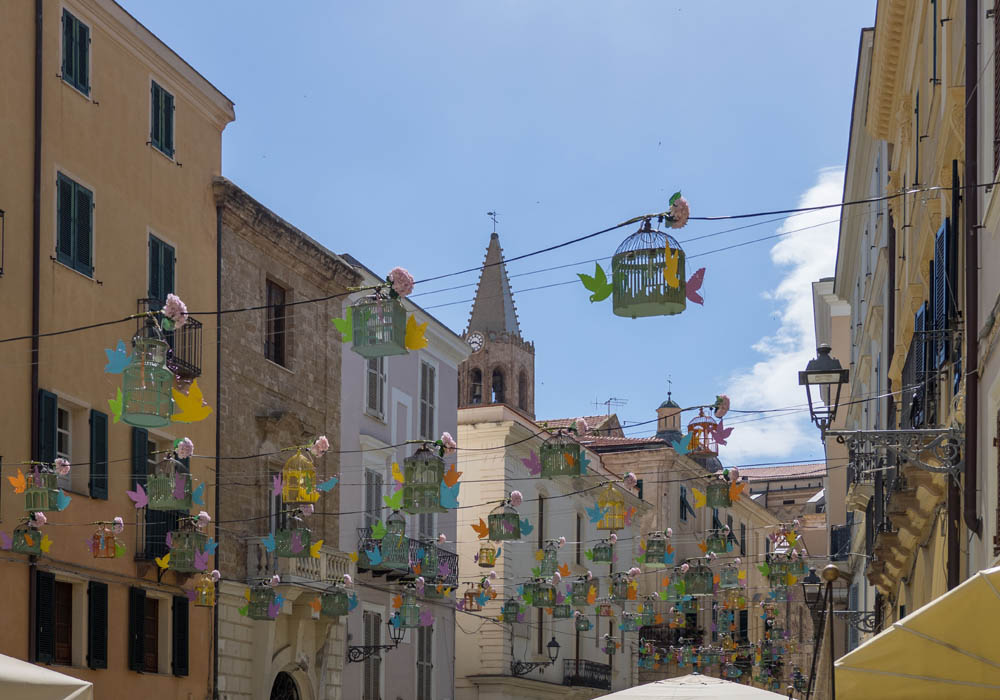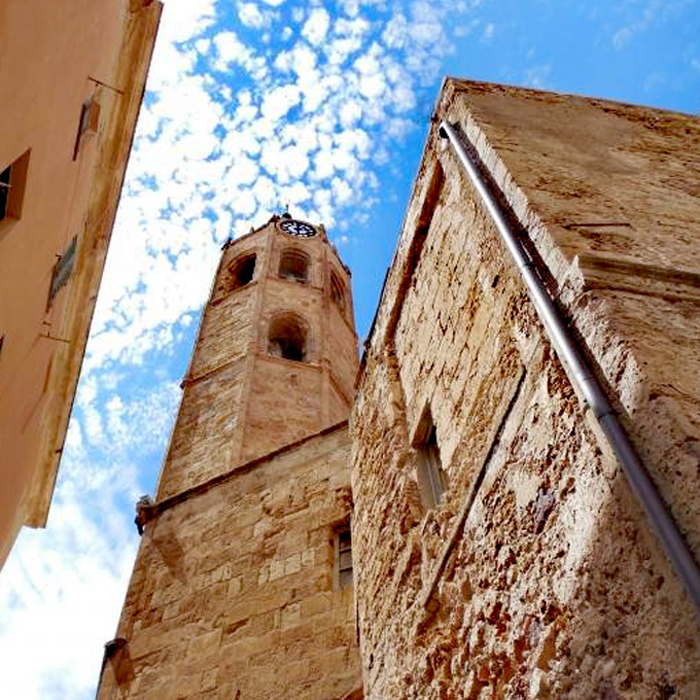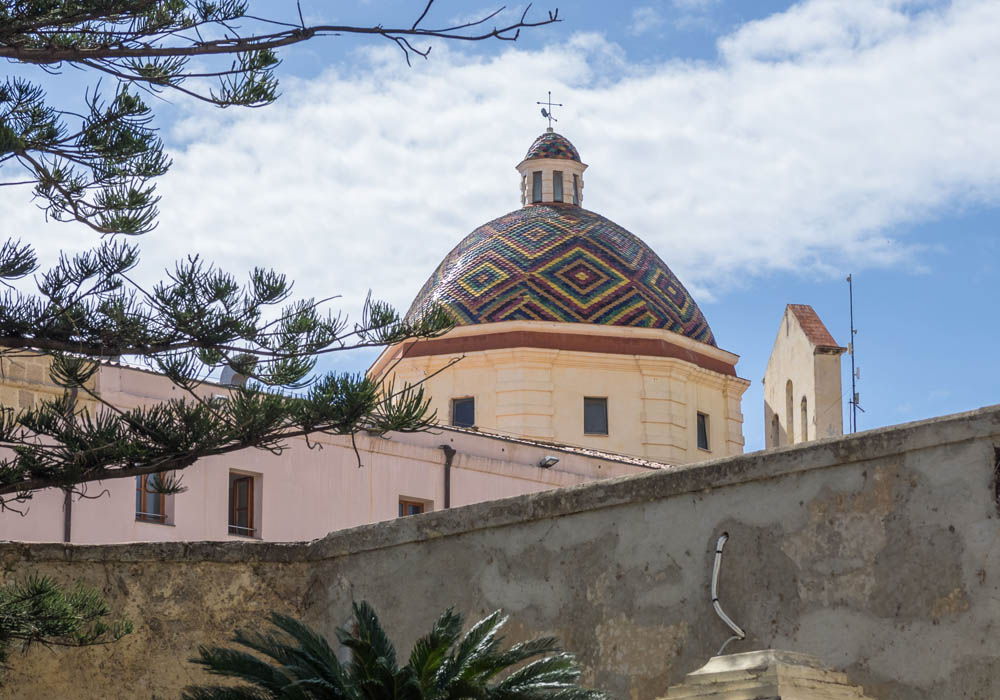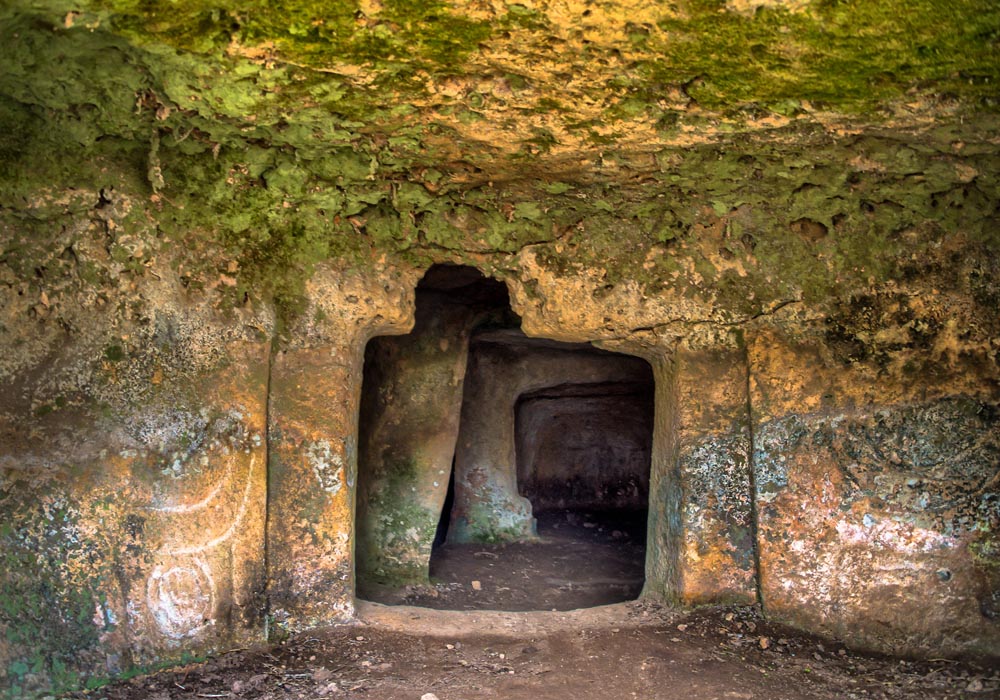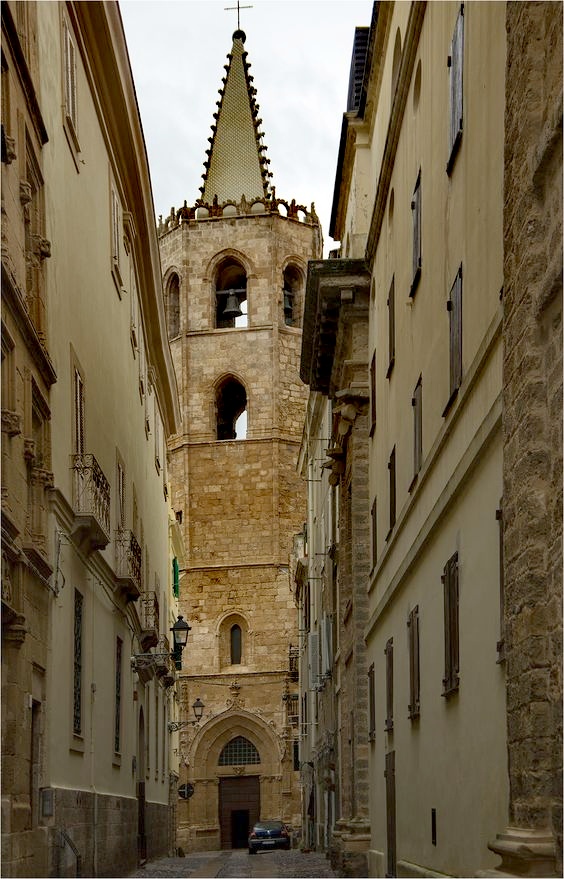ALGHERO TOURIST GUIDE
Catalan Alghero was built at the behest of the powerful Genoese Doria family. These in the middle of the thirteenth century were grafted into the dynamics dynamics of the 'Giudicato of Torres' taking control of them. But the upheavals in the Mediterranean basin started up again at the behest of Pope Boniface XVIII who gave the mandate to the Kingdom of Aragon to conquer over Sardinia. The Republic of Genoa allied with the Giudicato D’Arborea (last remaining autonomous) failed to resist the Aragonese army that won the battle of Porto Conte in 1353. The city of Alghero rebelled against the foreign ruler and only a year later Pietro of IV of Aragon again occupied the city deporting the Ligurians and repopulating it with Aragonese settlers encouraged by the Crown.
During the fifteenth century, Catalans and Jews contributed to giving life to the city's economy. Alguer is a royal city controlled by officers employed by the King. The Barcelloneta is therefore released from the oppression of the feudal system that spoils all of Sardinia.
Alghero flourished throughout the sixteenth century following mercantile and fiscal privileges that connote the importance that the Crown wanted to attribute to it. The city was in fact the "armed guard" of all of Northern Sardinia. Further importance was given with the construction of the Cathedral of Santa Maria which rises to the rank of Diocese of Alghero. Throughout the seventeenth century the city must instead face a decline determined by globalization. The discovery of the Americas led to a progressive loss of importance in the western Mediterranean. The Crown's efforts focused on this new market. A great plague struck the city in the middle of the century and halved its population. The Jesuit Order gave new impetus to the cultural development of the city when the College was built near the Church of San Michele.
Between the eighteenth and nineteenth centuries, following the dynamics of international partition, Sardinia entered the Austrian orbit and was then ceded to the House of Savoy. The city is slowly demilitarized and so the urbanization goes beyond the walls causing a population increase.
During the Fascist period, extensive reclamation works were carried out in the Nurra area, also sanctioned by the foundation of Fertilia. The First and Second World Wars left deep marks on the territory due to the fortifications and above all to the Allied bombing that in 1943 destroyed some parts of the historical center.
The re-launch of Alghero and its new tourist attitude began during the 1980s when more and more people came to admire the only environmental resources (Capo Caccia, Porto Conte, Grotte di Nettuno and neighboring beaches) and the priceless historical and archaeological heritage (Nuraghe Palmavera, Necropolis of Anghelu Ruju and the same medieval walls).
